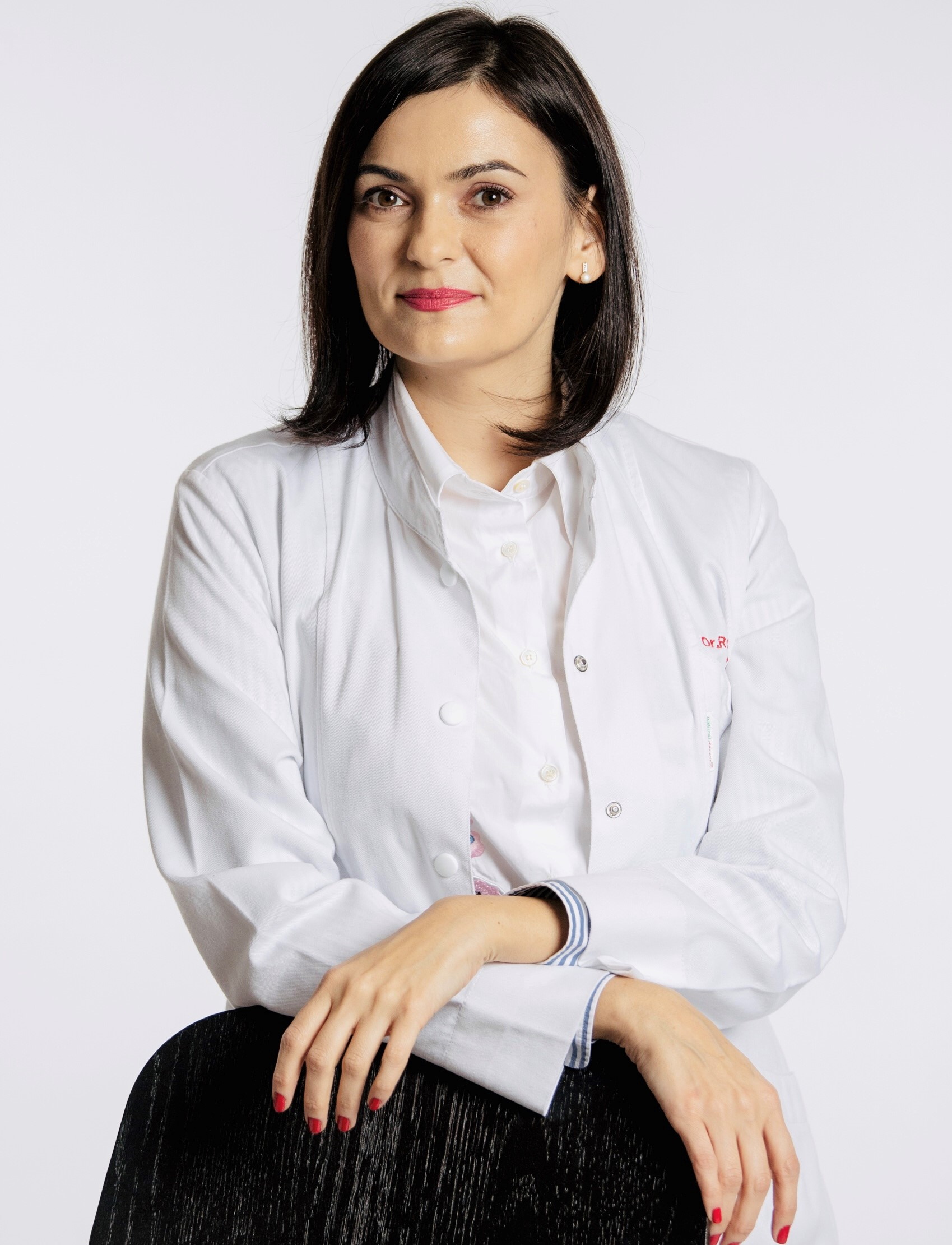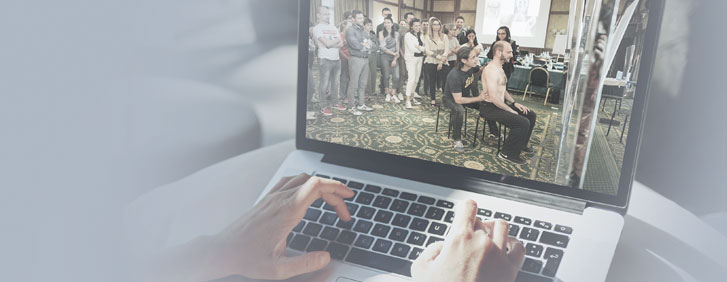The interview

Renata Czago, Romania
What is your profession:
I am a Physical Medicine and Rehabilitation physician.
How is the rehabilitation treatment of spine diseases managed in your country?
In my country, spine diseases are managed in different ways, and this depends on where the patient is addressed. There are private and public hospitals, as well as sanatoriums for musculoskeletal diseases. Spinal diseases with mild symptomatology are mostly treated in an outpatient system in both private and public hospitals. In cases of chronic and more severe problems, patients can address the rehabilitation systems, where they can go in some different ways, such as through vacation-spa-like rehabilitation programmes or as hospitalised patients. The severe cases are admitted to hospitals for inpatient treatment; in this case, the period is mostly two weeks of treatment with a rehabilitation plan that can also be extended if needed.
Scoliosis: how is it treated?
Scoliosis is treated a bit chaotically, depending on the experience and possibilities of the rehabilitation centres. There are some big centres where, from the beginning, a case can be solved until the final cure, whether it is meaningfully rehabilitated or in need of surgery.
Mostly in the little centres and private practices, the patient has the first evaluation and has to go to a total of three or four different centres for imagistic investigations, meaning 3 or 4 different locations and centres. In rare cases, there are facilities that can provide a multidisciplinary treatment, these are also fully equipped for the treatment of scoliosis in all of its phases, can provide investigations and very useful postural follow up tools, and also provide bracing possibilities. Unfortunately, these facilities are focused mostly on other, more disabilitating diseases, so the period in which a scoliosis patient can be admitted is limited, and he can rarely be readmitted to continue therapy. In this way, these patients have to go to private practices or can continue the therapy at home. Nowadays, private practices can offer really good rehabilitation possibilities because, in order to help scoliosis patients efficiently, they follow and implement new protocols and therapeutic approaches.
Sincerely, the COVID period also changed a lot in where the patient addresses, and there is an affinity for individual and at-home therapies. In this period, I unfortunately saw the most neglected cases.
What would you like to improve on the clinical practice currently followed in your country?
It would be nice if I could improve the quality of scoliosis treatment by highlighting the importance of specific imagistic investigations, even if it is hard to find a hospital here in Romania where a full spine x-ray can be done, and the importance of gonad protection. Other aspects are the multidisciplinary approach of these patients. I personally try to make the evaluations in the presence of the physical therapist who will work with the case so that an initial brainstorming can be done, and if there is a question about the bracing decision, we can take it together and efficiently communicate its importance to the patient, during the clinical evaluation and also during the therapy.
What do you think this course can give you, and how do you think you can apply this knowledge in your daily clinical practice?
This course already gave me a boost in following the newest studies on bracing and the aetiology of scoliosis. I would like to apply the newest imagistic investigations and use the ISICO application, which is so useful, and I didn’t know about it until now. My daily practice will also be enriched by the use of Surgimap. All of this offers me the chance to be more confident and professional in treating my patients day by day.

